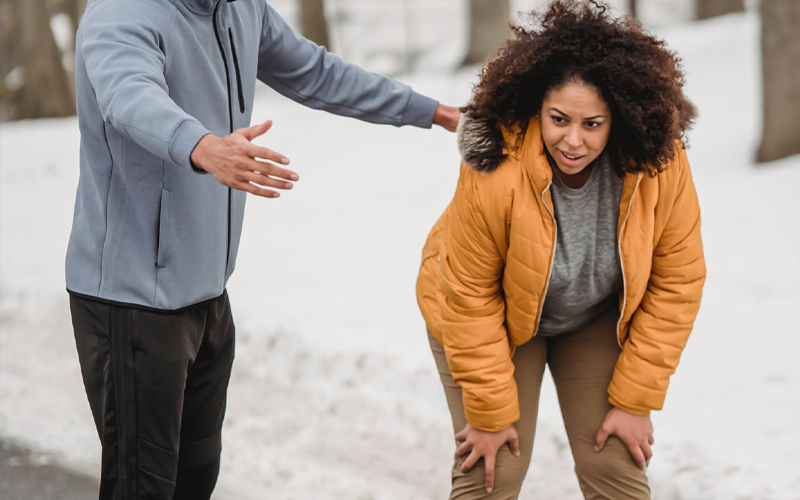Blog – Deep Vein Thrombosis (DVT)
Deep vein thrombosis (DVT) transpires after a blood clot forms in the deep veins located deep in your body, especially the thigh and the lower leg. This disease occurs without warning signs until you’ve gone for emergency treatment.
It causes swelling and leg pain, especially if you have minimal movement after an accident or surgery on bed rest or a long-distance journey. If the blood clot goes unnoticed, it leads to a fatal condition that calls for emergency treatment. This disease is known as pulmonary embolism, a blood clot in the lung.
Pulmonary embolism happens when the DVT clot shifts from your leg or arm into your lung. And when a lung artery is blocked, the condition gets worse and calls for an emergency.
Warning signs of DVT.
DVT occurs without any noticeable signs. The symptoms result from blood obstruction from returning to the heart, thus backing up in your leg. Its symptoms include:
- Swelling and pain in the However, both legs rarely swell. You feel the pain on the calf, and it feels like soreness or cramping.
- Discolored or redness on the leg
- A warm feeling in your affected
- Enlarged veins
The warning symptoms of a pulmonary embolism include:
As mentioned earlier, not everyone shows signs of DVT until pulmonary embolism attacks you. Here are the classic symptoms:
- Immediate loss of breath
- Chest pain and discomfort that becomes worse when coughing or taking a deep breath.
- Feeling dizzy or lightheaded, or
- Rapid pulse
- Rapid breathing
- Coughing blood

DVT Causes and Risk Factors
Many things can raise your chances of getting DVT. Here are some of the most common:
Age
DVT can occur at any given age; however, it gets serious when you are over 40 years old.
Reduced mobility and inactivity
Long periods of inactivity and movement increase the cause of Deep Vein Thrombosis. Sitting makes your leg muscles stay lax, making it difficult for blood circulation as it is supposed to. Also, long car rides and flights might put you at risk.
Injury
Any damages to the blood vessels’ walls could block or narrow the blood flow. Injury can result in a blood clot.
Surgery
During surgery, some blood vessels might rapture or be damaged, resulting in a blood clot. Therefore, bed rest without any movements after surgery could lead to blood clot development.
Home remedies for Deep Vein Thrombosis
Exercise your legs
While on long-distance trips, you should stretch your legs while sitting or moving around after breaks. This will help keep the blood flowing as needed. Also, walking around after a long time of bed rest prevents clot formation.

Surgery after-care
You should consult your doctor on the things and activities to do to avoid DVT on surgery after-care. The doctor asks you to take blood thinners or put on compression stockings. You should also leave the bed and move around.
Call a Doctor
If you notice some signs mentioned above, it’s about time you made a trip to your doctor. Deep Vein Thrombosis can be fatal if not treated on time. To cut the chances of getting DVT, Washington Vascular Specialists are the best doctors close to home. They are a team of experienced expert care that will help stop the blood clots from breaking off and heading to your lungs.



